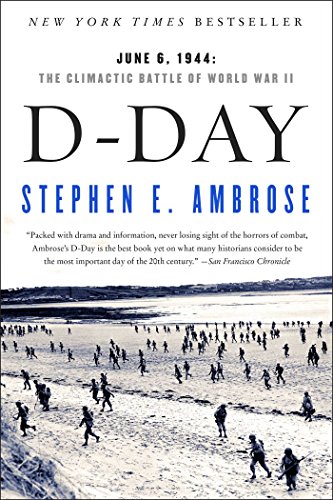Written by General Maxwell Taylor’s Radio Operator
George Koskimaki the noted historian of the 101st Airborne Division wrote “D-Day with the Screaming Eagles”. Mr. Koskimaki was 101st Airborne Division Commanding General Maxwell Taylor’s radio operator. The book was written in 1970. Interviews with hundreds of paratroopers contributed to the book. Their stories are attention-grabbing and captivating. They cover the first hours of Normandy. The fact that the book covers only the first couple of days of the D-Day invasion allows fascinating details to be covered.
A You Are There Book
The book gives you the feel that you are there during the frenzied first hours of the invasion. Detailed accounts of the activities of the pathfinders were enthralling. You encounter stories where paratroopers are sleepily drugged by the motion sickness medication they took preflight. You are under antiaircraft fire with them as they make their final approaches to the drop zones. In some cases, you are within the aircraft as it is going down in flames. You feel the fear of being captured by the Germans. You experience the myriad of broken legs, sprained ankles and other injuries from jumping at too fast of air speeds and too low of altitudes while being shot at. You land with them in the trees and nearly drown in the flooded areas during your parachute landing. You feel the downright confusion of the event.
Glider Unit Coverage Included
The coverage of the glider units landing later during the D-day is information rarely covered in other books. Familiar stories like Lieutenant Dick Winters leading troops taking out the guns on Normandy are shared with a freshness that predates “Band of Brothers” by nearly twenty-five years.
I strongly recommend the book. It is necessary for any military history library, college library or community library. Books like “Band of Brother’s”, "D-Day: June 6, 1944: The Climactic Battle of World War II”, “Citizen Soldiers” and “The Greatest Generation” follow the historical method used by Mr. Koskimaki.



